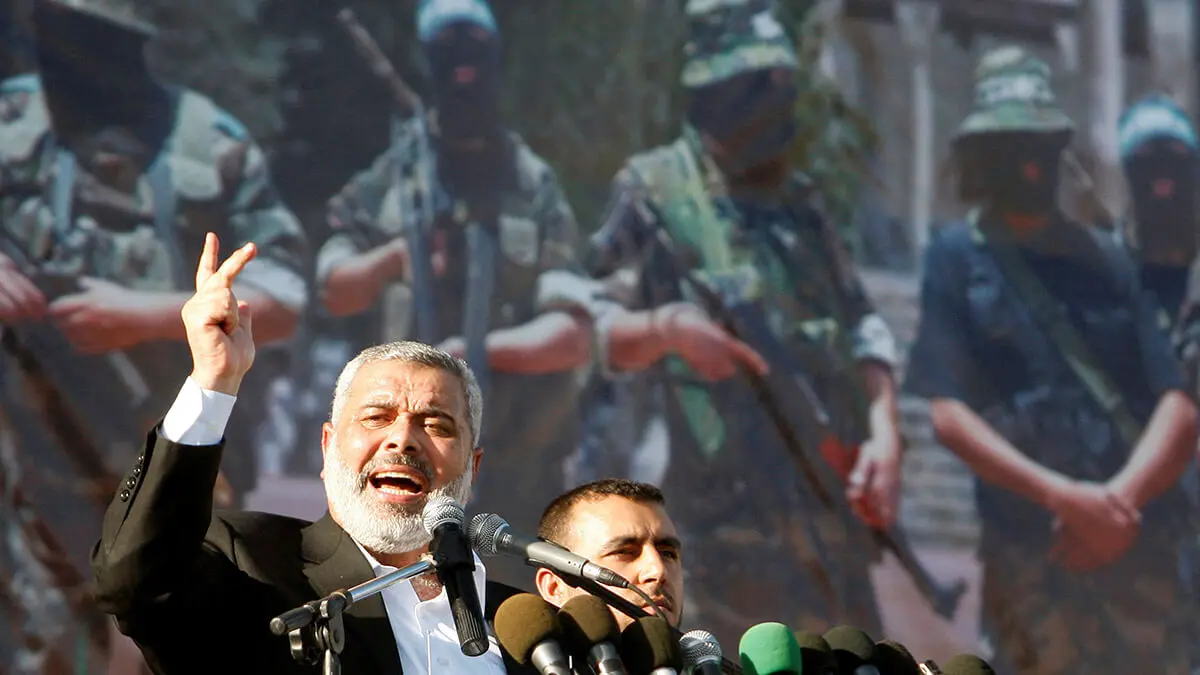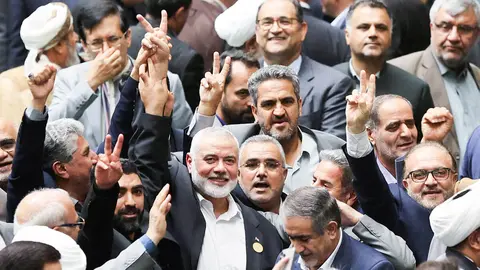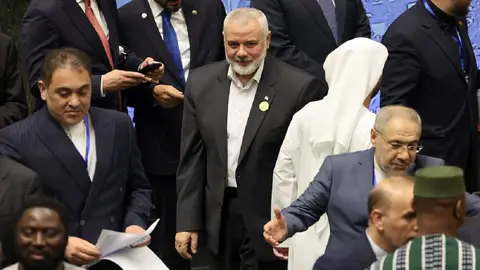An eye for an eye and a tooth for a tooth

In the Bible, the law of retaliation (Exodus 21, 23 -25), contrary to general belief, is not a law of vengeance, but precisely a means to put limits on destructive retaliatory actions of increasing violence in the world of four thousand years ago.
Despite the time that has passed since then, in almost all of the Middle East the spirit of the law of retaliation remains deeply rooted, so that leaving an aggression unanswered or unpunished is seen as a sign of weakness on the part of the aggressor.
Under these premises, Israel is currently proceeding with a systematic response to attacks and aggression. Since the creation of the State of Israel in 1948 by a decision of the United Nations, the Jews finally found a homeland after almost two thousand years of exile and wandering as pariahs around the world. The leaders of the new state immediately made a firm commitment to protect their citizens with all its consequences. This implied not only never abandoning them under any circumstances, but also, if necessary, recovering their mortal remains to give them a dignified burial and not resting until those who had caused their death had been found and made to pay, whatever the cost.
This is all relevant to explain the spiral of actions that have taken place in recent days, especially the three carried out by Israel so far this week: the attack that sent Hezbollah military commander Fouad Shukr to the other world in Lebanon; the bombing of Hodeida in Yemen; and the elimination of Hamas political leader Ismail Haniyeh.
The first had a long record of attacks against Israel and Western interests, but what prompted the swift surgical operation to kill him was his order to fire the missile over the occupied Golan Heights that shattered the lives of a dozen children playing football. The second was the response to the drone launched over Tel Aviv by Yemen's Houthi militiamen. And the third, a Hamas political leader in exile, was paying with his life for endless haggling in fruitless negotiations to recover hostages captured in the 7 October terrorist operation that killed 1,200 people, wounded more than 3,300 and kidnapped 250.
Israel had already given him more than a wake-up call when a single missile killed three sons and three grandchildren of Haniyeh, who, living in Doha, reacted with the impassivity of one who is firmly convinced of his fate.
The main message Israel sends both to its most direct targets and to the international community is that there will be no place in the world for those who have targeted Israeli citizens or interests. It demonstrated this well through the patient persecution and systematic elimination of those who attacked and murdered Israeli athletes in the Munich Olympic Village in 1972.
With respect to Hamas, the list of the Top 5 declared by Israel as targets to be killed has already claimed three pieces: Saleh al-Arouri, former number 2 in Hamas‘ Political Bureau; Mohamed Deif, commander of Hamas’ armed wing, the Izadin Al Qasam Brigades; and now Ismail Haniyeh, head of Hamas' Political Bureau in exile. Two others remain: Yayha Sinwar, Hamas's top leader in the Gaza Strip, and Khaled Meshal, Haniyeh's predecessor, who was targeted by the Mossad in 1997, triggering a diplomatic crisis between Jordan and Israel.
Also quite directly, Israel is once again warning Iran that it is not out of its reach. That it was precisely Tehran that executed Ismaeil Haniyeh by a missile launched from abroad signals to Tehran that Israel is not prepared to let itself be hurled without a fight ‘from the river to the sea’.
The entire international community is now awaiting Iran's presumed response, which, by the very principle of the law of retaliation, cannot show signs of weakness. And once again, the danger of an escalation that would set the entire Middle East region ablaze is once again becoming clearer. A threat that will be realised if too many geopolitical interests converge at once. And that is getting closer and closer to happening.



